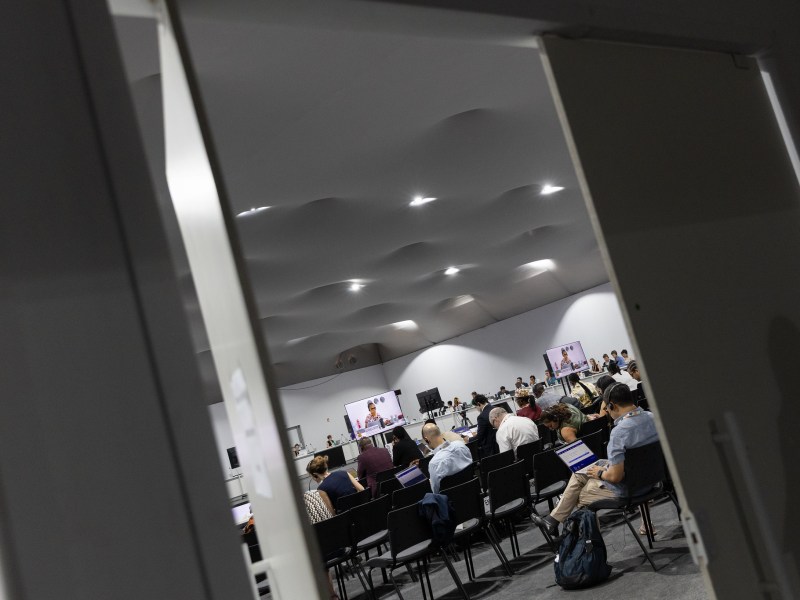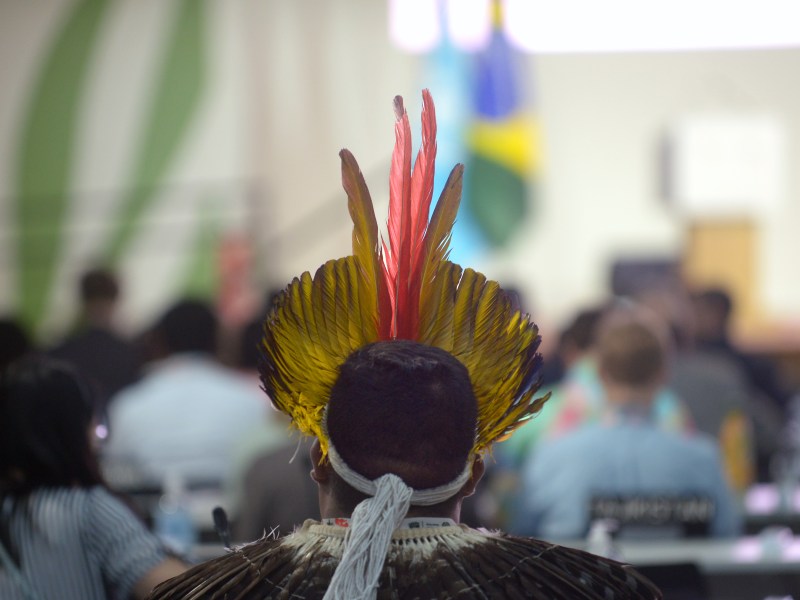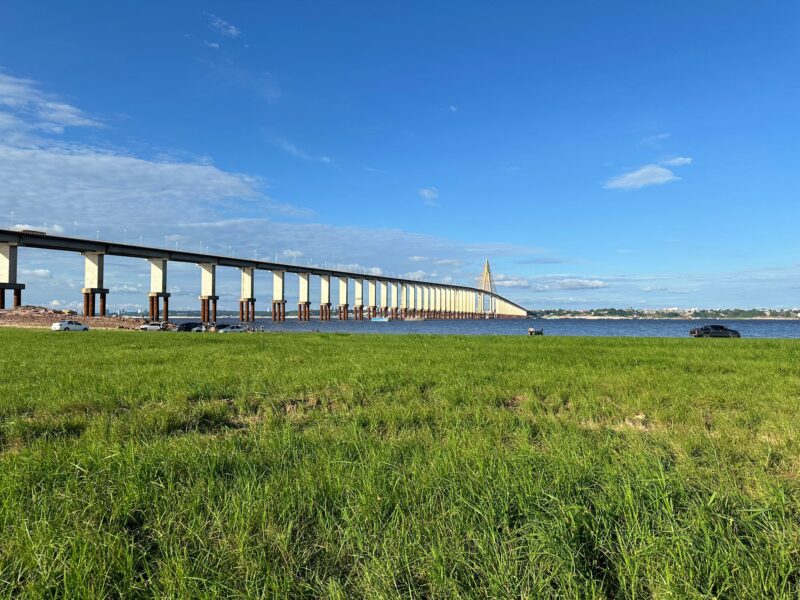See what is moving forward — and what is stalling — in the negotiations of the final week of the 30th United Nations Climate Change Conference.
Category: Climate Change
Women Environmental Defenders from the Amazon and Africa Draw Parallels from the Frontlines of the Climate Crisis at COP30
Juma Xipaia and Joanita Babirye, two leaders from the Global South, report on violence, funding barriers, and the erasure of women in climate policy— and advocate for the conference to recognize those who support real solutions in the territories.
Funding, adaptation and protests: highlights of the first week of COP30
InfoAmazonia summarizes the first week of the Conference, which began with the approval of the work agenda – still with four pending issues – and was followed by obstacles to setting adaptation indicators and by indigenous demonstrations at the entrance to the event. The week also saw the resumption of the Global Climate March after three COPs held in countries with restrictions on freedom of expression.
Despite record turnout, only 14% of Indigenous Brazilians are expected to access decision-making spaces at COP30
The Coalition of Indigenous Peoples of Brazil (APIB) estimates 2,500 Indigenous people from across Brazil have gathered in Belém. Leaders are demanding a bigger role in the negotiations and the inclusion of land demarcation as climate policy.
As a sponsor of COP30, Vale buys carbon credits from an area in the Amazon accused of irregularities in timber management
A mining company presents the ABC Norte REDD project as its environmental trump card, but the Brazilian Institute of Environment and Renewable Natural Resources found problems with timber extraction within the climate compensation area — which formed the basis of a complaint filed by the Public Prosecutor’s Office against the timber company Madeireira J & Y. The territory in the Amazon region of Pará also registers deforestation, authorization for mineral exploration, and land conflicts with traditional communities.
InfoAmazonia joins 20 media organizations in an unprecedented reporting alliance at COP30
The House of Socio-Environmental Journalism is an initiative that will bring together Brazilian journalists and media outlets from across the country. The project aims to expand coverage and amplify voices about the Amazon, climate, and environment, reaching wider audiences.
What you need to know about Sustainable Aviation Fuel (SAF)
The world’s appetite for flying keeps on growing, fuelling concerns about how to shrink the carbon footprint of air travel – today the cause of about 2.5% of all energy-related emissions. While that’s a relatively small share of global emissions, it looks set to increase in the decades to come as other sectors, such as […]
Brazilian firm behind SAF plan found growing oil palm on deforested Amazon land
Discovery of illegal palm crops comes as Grupo BBF grapples with financial problems sparked by warnings over its human rights record
Urban heat islands in Belém and Manaus measure up to 10°C hotter than nearby forest areas
Amazonian capitals are among the least vegetated cities in Brazil. An exclusive analysis by InfoAmazonia shows temperature differences between tree-covered and treeless areas in the two Amazonian capitals.
Extreme drought creates new park in Manaus, but abnormal vegetation puts ecological balance at risk
On the banks of the Rio Negro, Manaus residents take advantage of the grass that has appeared during the dry season, creating a space for relaxation. But as the river returns to its normal level, the vegetation could cause environmental imbalance and even spread disease.











